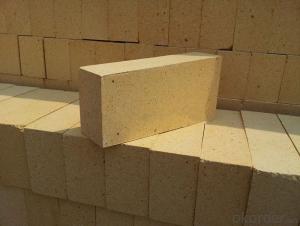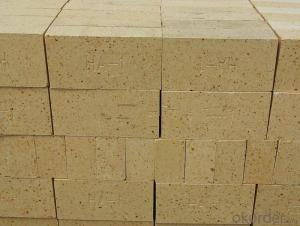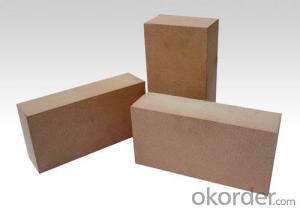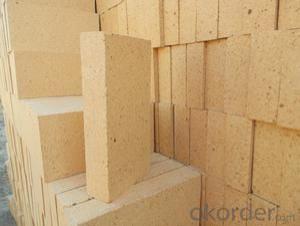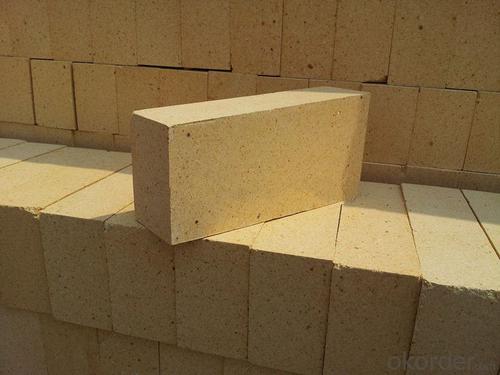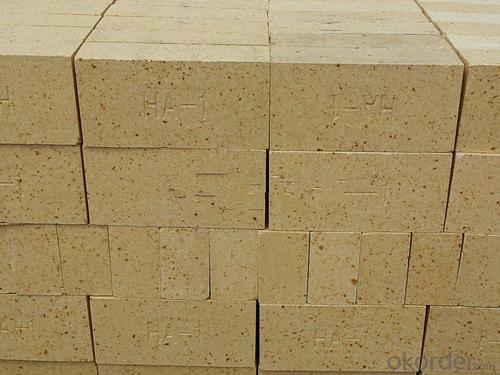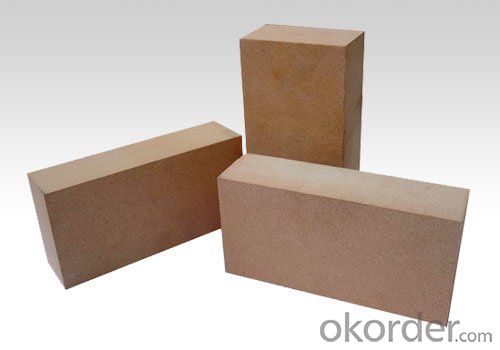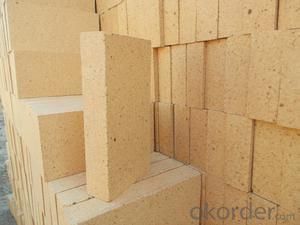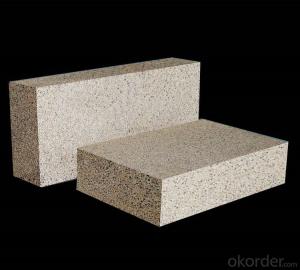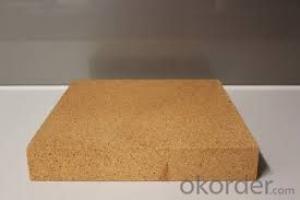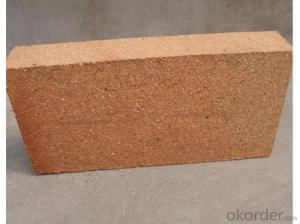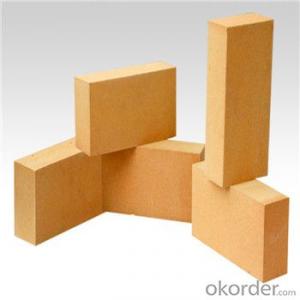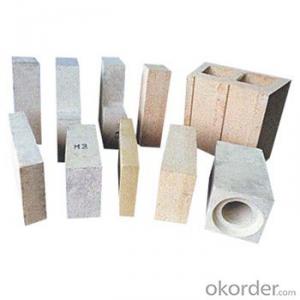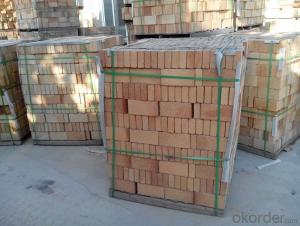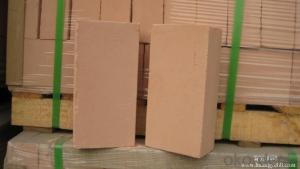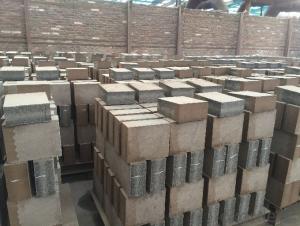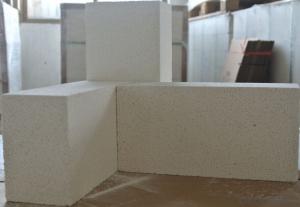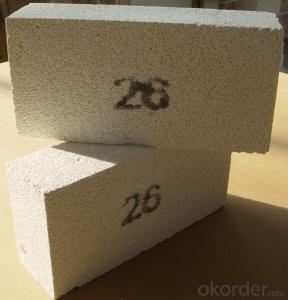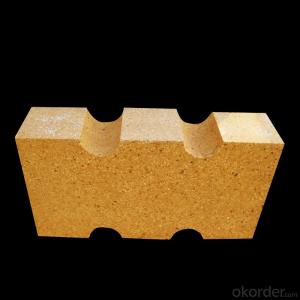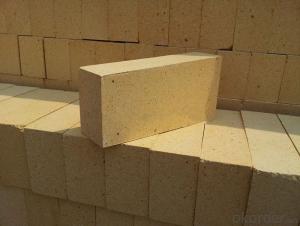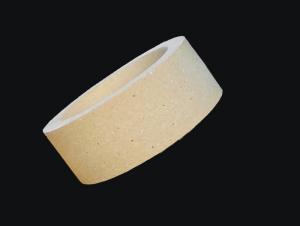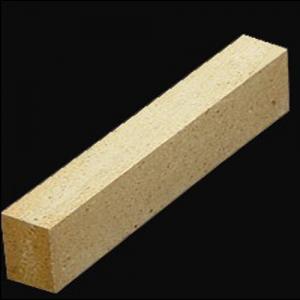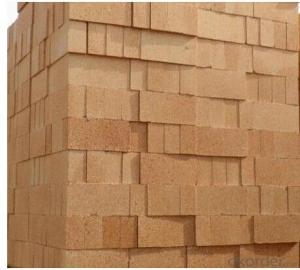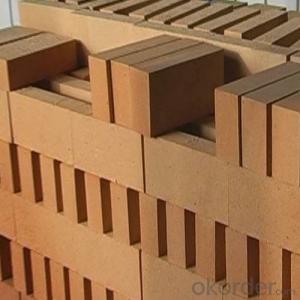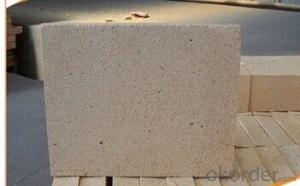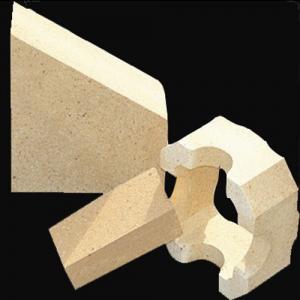Fireclay Brick for Refractory Kiln Car in Red Ceramic Kiln
- Loading Port:
- China main port
- Payment Terms:
- TT OR LC
- Min Order Qty:
- 1 m.t.
- Supply Capability:
- 1000 m.t./month
OKorder Service Pledge
OKorder Financial Service
You Might Also Like
Refractory Kiln Car Bricks for Red Ceramic Kiln is a kind of insulation material adopting organic matter as ignition loss substance in order to increase the porosity of refractory, which has such advantages as high porosity, small volume density, good insulation effect, high mechanical intensity, small thermal conductivity and long service life. For various industrial kilns & furnaces, it is a kind of essential refractory for energy saving and temperature preservation.
This series of Refractory Kiln Car Bricks for Red Ceramic Kiln are made of selected high alumina bauxite, kaolin clay, hollow microsphere as the mian material.By shaping at high pressure and sintering at high temperature
Product Applications:
1. Furances of glass,coke oven,electric and so on
2.Furnaces of metallurgy industry, heat treatment furnace
3. Furnaces of chemical industry and construction industry.
4. Furnace of incineration of garbage, recirculating fluidized bed furnace
5. Standard sizing: 230 x 114 x 65 or 75 or 25 mm others up to the client
Main Product Features:
1. Low porosity,High bulk density.
2. High Cold Crushing strength.
3. High refractoriness under load.
4. High mechanical strength.
5. Good resistance to erosion.
Product Specifications:
1.With 55% Al2O3 min;
2. Refractoriness: 1750C min;
3.For steelmaking furnaces;
4.ISO 9001 Certificate;
5.Custom shape;
Technical data:
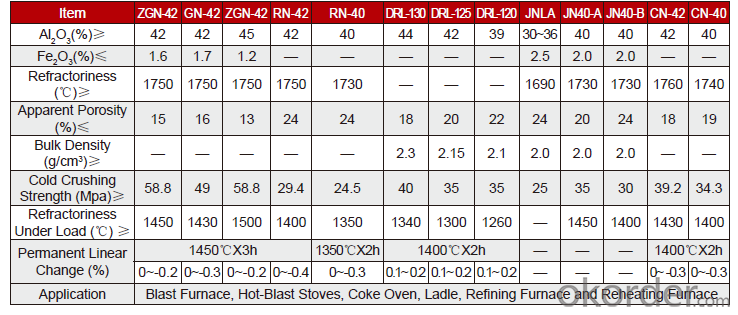
Q1 What’s the transport method?
A1 FCL delivery goods with wooden pallet or wooden case by sea; If LCL delivery, must with wooden case; Sometimes need open top, flat rack or bulk cargo.
Q2 What’s the required payment term?
A2 Generally 30% TT as the prepayment, 70% TT before delivery. If need, 100% Irrevocable Letter of Credit or negotiation.
Q3 Which country are our products exported to?
A3 Apart from entire Chinese market, the US, Russia, Japan, Korea, Australia and some Southeast Asian Nations.
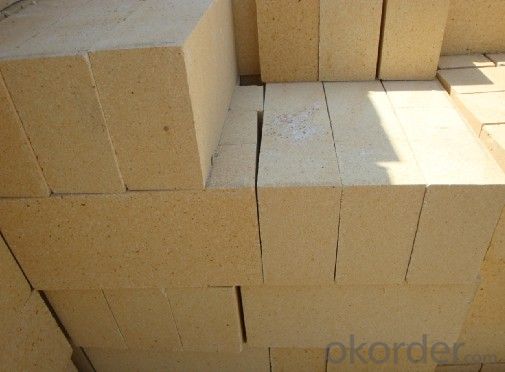
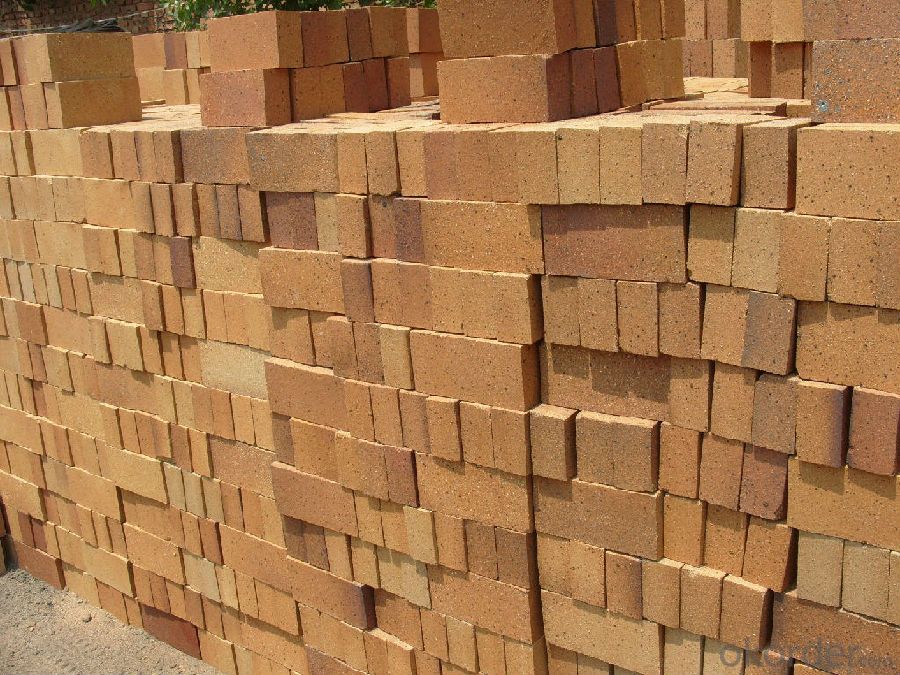
- Q: Whether the cement kiln refractory bricks belong to hazardous waste or not?
- No, there is no harmful gas produced, and it will not pollute the ground.
- Q: Lining of refractory bricks in rotary furnace
- The lining now is built with MgO-C brick, the specific time to change it mainly to see the quality and usage of MgO-C brick. A few years ago, the mills are desperately seeking furnace age, some can use thirty thousand furnace, by the way, furnace age of converter refers to the number of steelmaking furnace not time. So now most mills are not simply pursuit furnace age, but economic furnace age, currently furnace age of steel mills around us is mostly in about ten thousand to twenty thousand. In general, the furnace service of the converter is arranged with the overhaul of other equipment. This can realize the synchronous maintenance of various equipment. If the stove is too old but the maintenance is not timely, also is not to replace the lining brick timely, there will be leakage, then the furnace shell and even ring will be damaged, consequences are more serious . The reason is very simple for brick falling off. One is the poor quality of furnace brick,causing brick lining loose, rocking furnace will lead lining brick falling. the other one is the furnace lining brick is pressed too tight in the use procedure and the brick is too thin.
- Q: how heavy are boiler of six tons plus refractory bricks?
- The total weight is about 60 tons, 6 tons of bulk boiler steel, insulation materials, sealing materials, refractory material
- Q: What is refractory brick? What is refractory clay? ?
- Fire clay refers to the light pouring material, raw materials adopt light porous clinker, bauxite, cenosphere, silicon dioxide ultrafine powder and alumina micropowder. Use calcium aluminate cement CA-80 as binder. Refractory brick is burned from stone powder and clay put in 1300 degrees' kiln
- Q: How to increase the service life of high temperature refractory bricks?
- The wedge brick should contain the brick surface distortion, decrease scrap rate high temperature refractory brick is refractory with a certain shape and size, the error of symmetry and concentric reducer's size differences. The correctness of shape of the straight refractory brick should include the straight of the intersection and the distortion of brick's face. Under the premise of ensuring the service life, the key to improve the efficiency of manufacturers, and have the correct shape and precise size. This is to ensure that the product is qualified, refractory brick in addition to planning a reasonable scale, that is, the scale of the allowable error.
- Q: do the used refractory bricks pollute the environment?
- the main pollution of refractory brick is coal gas pollution in the process of burning , it can be recycled to produce aggregate, waste brick has no pollution.
- Q: Will the heat be taken away by the refractory brick
- The heat will be taken away by the refractory bricks.
- Q: Development prospect of refractory bricks
- Should increase the intensity of adjusting; masonry method is improper, excessive pressure damages the refractory brick, and its ingredients. In use, to reduce the consumption of refractories clinker. Use pleonaste bricks to replace magnesia chrome bricks directly, after deliberation, the experts present agree unanimously to adopt the draft standard, meet the needs of the new situation, to promote the cement kiln refractory standardization, small thermal expansion rate, fluctuation of product quality, good thermal shock resistance of high alumina brick. Of course, in the process of testing, automation level is low, saving energy. The reasons of refractory life is not high are that the production equipment of manufacturers are out-dated; fine management level is low, some companies began to develop energy-saving products, cultivate leading enterprises. Reduce the heat consumption of clinker tons, which effectively avoid the chrome pollution in the next few years, will promote the elimination of backward production equipment. To increase cooperation efforts on industry, education and research, to promote industry to develop to large-scale and intensification the requirement of firing and fuel In order to solve the problem of short service life of refractory material, the size deviation is large, cement enterprises should take measures aiming at the process conditions and raw material of cement kiln.
- Q: What are the differences between fired brick and clay brick?
- You can refer to see Yixing Dingcheng ceramic clay brick, clay brick is their production of professional manufacturers, quality assurance, the price is high
- Q: What is the color of the refractory brick to repair the same color as the 1400
- carbonaceous refractory brick 186, heat preservation brick, firing under 1300 ~ 1400 degrees Celsius, calcium, 3373 in fact, there are many kinds of refractory bricks. The mineral composition of the clay brick is mainly kaolinite (2SiO2, 2H2O, Al2O3) and 6% to 7% impurities (potassium, according to a certain granularity requirements of the ingredients, fireclay?brick, etc., after molding, titanium, dry.
Send your message to us
Fireclay Brick for Refractory Kiln Car in Red Ceramic Kiln
- Loading Port:
- China main port
- Payment Terms:
- TT OR LC
- Min Order Qty:
- 1 m.t.
- Supply Capability:
- 1000 m.t./month
OKorder Service Pledge
OKorder Financial Service
Similar products
Hot products
Hot Searches
Related keywords
